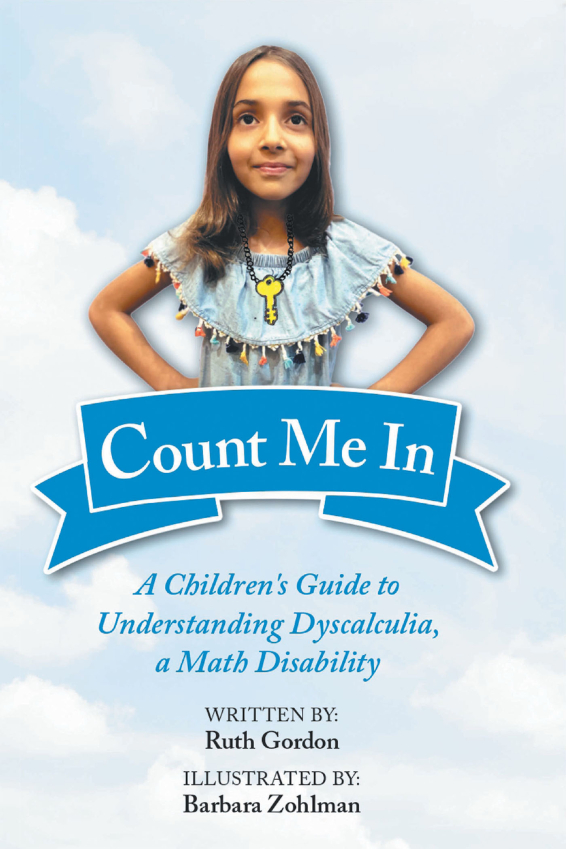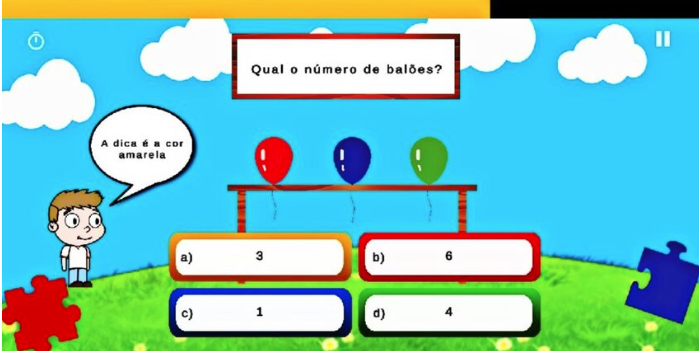Are you a middle school teacher looking for creative ways to get your students excited about reading? You’re not alone! Reading can be a challenge for some students, but that’s where games come in. Incorporating games into your lesson plans is a fun and quirky way to help your students develop their reading skills, without feeling like they’re doing work. Not only will they enjoy playing the games, but they’ll also be improving their comprehension, vocabulary, and critical thinking skills in the process.
Furthermore, the learning environment is completely altered when reading is done through various reading activities. Teachers can increase kids’ enthusiasm to read by using creative activities. Through the competitive environment of games, team-building abilities are strengthened as well. The games listed below are simple to play and aid in the development of critical thinking in students.
Innovative reading games for middle school students
Many reading quotes suggest the cruciality of reading in everyday life. Hence, to boost up the skill, here are some reading games for middle school students.
1. Story Goes On..
Reading is an essential part of the academic curriculum and it can be better understood with story books. This game focuses on being quick and also being involved in active listening.
- To conduct this activity, ask students to form a team of 3 members each
- Now, 2 teams compete against one another
- The first team starts reading any random story book and the other team needs to listen
- Suddenly ask the team to stop and the other team needs to continue by passing the book and remembering the read lines
- The other team needs to continue from the exact line
While this game focuses on reading, it also improves concentration. To read fluently, students must know the art of listening and understanding the context of reading materials.
2. Pay Attention!
Reading is often connected to listening and it is important for students to understand the context of different words. This game focuses on strengthening listening skills while sharpening creativity.

- To play this game, divide students into teams of 3 members each
- Team A should start reading from any book or a novel
- Pick any word from in between and ask Team B to speak a few lines about that specific word
- After this, ask Team B to read a novel and Team A should get a word to speak
- The team that fails to speak accurately or form sentences about the word loses the game
This game offers an opportunity to not only read but open the creative instincts of students and help them understand words in a better manner.
3. Read and Win
Read and Win is a game to encourage middle school students to read and comprehend various books and improve their reading skills.

- Divide students into teams of four or five members
- Provide each team with a list of ten books to read. The books can be from different genres like fiction, non-fiction, biography, or autobiography
- Each team must read all the books on the list and prepare a summary of each book.
- After reading the books, the teams will participate in a quiz based on the books they read.
- The quiz can include questions like character names, plot, settings, and themes
- Each team will have a chance to answer each question, and the team with the most correct answers will win the round
Such a game allows teachers or instructors to engage students in different genres which students might not necessarily read otherwise. It can also help students stay alert and be curious about their chances.
4. Story Chain
When reading is combined with fun, students are more likely to connect with the activity. This game focuses on memory building while also enhancing team-building skills.

- To play this game, ask students to make a team of 5 members each
- Now, assign 1 book to the entire team and everyone should be given a day’s time to read the book thoroughly
- Next day, make them stand in a circle and let any student begin by summarizing the story in his/her words
- After a few lines, say next and that’s when the other team member should continue the story this is how the summary of the book has to be completed by having input from every team member.
- Assign them scores based on fluency and understanding of the context of the subject
Reading as a team-building activity, helps students read in a uniform format. Team strategy and understanding help them win the game. This activity can also be used to evaluate and monitor the reading comprehension skills of the students with the help of a checklist.
5. Choose Your Material
Quick reading is one of the ways students indulge themselves in immersing in different types of information. You need to collect different books, magazines, newspapers, and novels for this game.

- To play this game, divide the students into two teams
- Now, each team challenges the other team to read different materials and continue with the reading session
- The game starts with Team A asking Team B to read from any material including a magazine, newspaper, or a novel
- The teacher should stop the first team and ask the other team to challenge with another reading material
- The team that reads fluently and gets good points from teachers wins the game
This game gives an opportunity to students to get exposure to different reading materials. It also helps them get different forms of information in a creative manner
6. Explain it Well
While students like reading, it is also important to understand the style of reading. With every punctuation mark, students should know how to modulate their tone and voice accordingly.

- To play this game, divide students into 2 teams consisting of 3 members each
- Now, assign a story to both teams and the challenge is to read to effectively
- For example, if the story describes a forest then students should very well modulate their voice while describing trees, red apples, or other elements
- If the story has a question mark, the reading style should also be expressed in a question format
- After two teams are done reading, ask the class which team was good enough to explain the story
- The team with the maximum votes wins the game
Such a game enforces learning through a creative format. As students get an opportunity to read with modulation in tones, they are more likely to develop their confidence in different stage events.
7. Rearrange and Read
Pictures are a powerful tool to communicate various messages. This game focuses on visual understanding and forming a story according to pictures.

- To play this game, print different pictures that communicate a story in a random format
- There can be 6 pictures on paper depicting a story
- Now, divide the students into teams of 3 members each
- Give this sheet of paper and ask them to rearrange the pictures as per the story
- The team to do it the fastest wins the game
This activity helps in evaluating students’ understanding of the story. They will be able to arrange the pictures in order only if they understand the story. Hence, this activity not only serves as a good picture reading activity for the kids but also as an engaging sequencing game.
8. Draw and Explain
Reading sessions become fun and creative when pictures are attached alongside stories or other pieces of information. This game focuses on decoding the information and reading it out loud.

- To play this game, give students different stories to read
- Divide students into teams of 2 members each
- Now, students need to draw short images of the story without any word
- After this, they need to convey the entire story through a map of images that help other students understand it
- Teachers should give points on the basis of understanding, creativity, and clarity of thought
- The team with the highest number of points wins the game
As students map the story through images, they also become more creative. Through such a game, students get an opportunity to put their thoughts into images and then process the read information.
Reading for middle school: What does research suggest?
Reading is an important concept in the overall academic growth of students. According to research[1] conducted in 2011, a survey was undertaken to understand what makes students read in different middle school classrooms.
- The research was conducted to understand the motivation behind reading. Different follow-up interviews were conducted with 31 students to understand student engagement with reading and their responses noted.
- As per the result, it was found that students enjoyed independent reading and also instructional reading.
- It was also found that the quality of reading and materials used for it played a motivating factor for reading in middle school. Hence, it can be concluded that the usage of different learning activities and a range of materials stands as a helpful factor in reading.
Another Quasi-experimental study[2] was conducted to understand the impact of students’ science literacy through reading infusion.
- The research was conducted among students in 10th grade who were randomly assigned to different conditions. One was inquiry-based science only and the other was inquiry-based science plus reading.
- According to the results, it was shown that even the slightest amount of reading infusion leads to a positive impact on students’ science literacy.
- It can be concluded that reading is not limited to just one subject but can be used in different subjects in a creative format to enhance understanding.
Wrapping up
Reading games for middle school students is a helpful way to engage them in learning and grasping fresh information. With the usage of games, teachers can create a challenging environment thereby triggering the critical thinking mindset in students.
Apart from games, teachers can also use different techniques including shared reading or guided reading for a diversified learning experience. At last, it should be noted that every student has different motivating factors for reading and it is always a good idea to keep trying different ways.
References
- Broaddus, K. (2001). “Just Plain Reading”: A Survey of What Makes Students Want to Read in Middle School Classrooms. Reading Research Quarterly, 36(4), 350–377. https://doi.org/10.1598/rrq.36.4.2
- Fang, Z., & Wei, Y. (2010). Improving Middle School Students’ Science Literacy Through Reading Infusion. Journal of Educational Research, 103(4), 262–273. https://doi.org/10.1080/00220670903383051




